Hey Hey and a Big G'Day toya
Today we were to leave the rolling steppes of land and the people who were once united by the ferocious Genghis Khan. Inner Mongolia, the 'big sky county' as it is known, where a town or village full of Yurts can fill a small pixel of a modern digital camera photograph on the endless grasslands.
From pixels in grasslands to pixels in arid parched almost non-existent farm lands to endless drought stricken un-farmable desert plains.
Ningxia Province lay just ten hours train journey away but those ten hours where to be spent on a four numbered train without a letter at the beginning and here in China that means a 'farmers train' where no one in charge cares to clean the toilet (and in some cases even bother to unlock it) or refill the hot water for the masses whom consume endless amounts of noodles and strange 'jam jars' full of green tea.
And how strange it was't that all the above happened!
And as usual the isles were filled with uncountable bodies
These people had paid the same amount to stand as we had paid to sit.
Just as I have paid the same to stand for the same amount of sleepless hours!
Our arrival in Yinchuan city was as normal, a crowd of 'You Buy You Buy' or 'You Tour You Tour' people. We ignored all and grabbed a cab to the 'Old City' and around eight kilometers and several 'no foreigners allowed' hotels we arrived at a nice little hotel just off Zhongshan Beijie.
A tired not and so peachy Luo Wei fell to sleep straight away and I headed out in search of some of new and exciting Chinese noodles. What I found was a Korean eatery that served a most delicious Pibimba dish that almost took me back to my favourite eatery on the Gold Coast in Australia or to some of the more remote places in Korea that I visited.
Beers N Noodles toya.....shane
_________________________________________________________
The soundtrack to this entry was by Motley Crue
The album was 'Theatre of Pain'
__________________________________________________________
Ningxia Provice
'Ning' is the colloquial term for the Ningxia Hui Autonomous Region.
Find it on the map in northwest China and into the middle and lower reaches of the Yellow River. It is bordered by Gansu to the south, Shaanxi to the east, and the Inner Mongolia Autonomous Region to the north, and is one of the five ethnic minority autonomous regions in China.
Ningxia covers a total area of 66,000 square kilometers (about 25,484 square miles) and has a population of 5.62 million; one third of who are Hui minority people. It has a temperate continental climate of long, cold winters and short, hot summers with the temperature being lowest in January, averaging from -10C to -7C and highest in July, averaging from 17C to 24C.
Annual rainfall averages from 190-700 millimeters.
History
Ningxia, a region as culturally rich as the entire area south of the Yangtze River, continues to be admired for its resplendent cultural heritage garnered from the long river of history. During the time of the Tang and Han Dynasties (206 BC - 907 AD) Ningxia was the main place for trade and transportation between the eastern and western regions of ancient China. Ruins of the Great Wall of the Ming Dynasty can be found in east Ningxia.
What to see
A unique landscape, unique local customs and habits, and ancient history, all add up to make Ningxia an interesting tourist area for those wishing to discover a rich and diverse region.
Yinchuan City (also called 'Phoenix City') is the capital of the region situated in the remote northwest of China. The 1000-year-old city is a famous cultural city beyond the Great Wall. The old sector of Yinchuan City to the west is green and peaceful, and contains all the places of interest. It includes the 1500-year-old Haibao Pagoda; the famous Buddhist architecture from the West Xia Kingdom Chengtiansi Pagoda; and the West Xia Imperial Tombs known as the 'Pyramids of China'.
One can also find there the mystic Helan Mountain Cliff Painting, created by the ancient nomads who dwelled in the regions of the Helan Mountains in northwest Ningxia. They used a bold and descriptive chiseling and drawing technique, to which they added dazzling colors, to depict the history of a splendid Chinese civilization.
Liupan Mountain is located in south Ningxia. This is an area famous for its picturesque scenery and it certainly lives up to its reputation as the 'green islet'.
Sand Lake Scenic Resort is the national tourist trump card for those looking for a place with a lake, sand dunes, reeds, birds and fish. During the May-September period, the lake becomes a veritable paradise for a dozen or so varieties of precious bird species, such as swans, white and grey cranes, black storks, and wild geese.
Shapotou on the southern rim of the Tengger Desert: There one will find the Desert Research Centre, established in 1956 to find ways of preventing the sands from encroaching onto the railways, and one of China's four singing sand dunes. Sliding down the sand dune gives one the ethereal feeling of descending from the sky. The peculiar geological structure of the place causes the sand to emit a resonance that reverberates like the tolling of a huge bell or the beating of a big drum. Limpid water flows gently in a knee-deep stream at the foot of the dune.
Ningxia is the home of Chinese Muslems.
Leaving The Grasslands for Unfarmable Desert Lands
Friday, August 01, 2008
 Yinchuan, Ningxia, China
Yinchuan, Ningxia, China
Other Entries
-
375Court Yards N Tunnels N Across The Bridge Noodles
Jul 1319 days prior Pingyao, Chinaphoto_camera30videocam 0comment 0
Pingyao, Chinaphoto_camera30videocam 0comment 0 -
376Walking Within The Ancient Walls of Pingyao
Jul 1418 days prior Pingyao, Chinaphoto_camera42videocam 0comment 0
Pingyao, Chinaphoto_camera42videocam 0comment 0 -
377Shapely Roof Tops N a Night At The Chinese Theatre
Jul 1517 days prior Pingyao, Chinaphoto_camera36videocam 0comment 0
Pingyao, Chinaphoto_camera36videocam 0comment 0 -
378From Time Warn Cobble Stones To a Big Greedy City
Jul 1616 days prior Taiyuan, Chinaphoto_camera31videocam 0comment 0
Taiyuan, Chinaphoto_camera31videocam 0comment 0 -
379Jinci Temple N Lazy Old Trees
Jul 1715 days prior Taiyuan, Chinaphoto_camera33videocam 0comment 0
Taiyuan, Chinaphoto_camera33videocam 0comment 0 -
380Too Many Temples N Begging Monks on Wutai Shan
Jul 1913 days prior Wutai Shan, Chinaphoto_camera52videocam 0comment 0
Wutai Shan, Chinaphoto_camera52videocam 0comment 0 -
381The Beautiful Adventure to Shahe N Beyond
Jul 2012 days prior Datong - Wutai Shan, Chinaphoto_camera24videocam 0comment 0
Datong - Wutai Shan, Chinaphoto_camera24videocam 0comment 0 -
382The Crazy Craftsmen of the Yungang Grottoes
Jul 2111 days prior Datong, Chinaphoto_camera60videocam 0comment 0
Datong, Chinaphoto_camera60videocam 0comment 0 -
383Hanging Monasterys N the Very Ancient Mu Ta Pagoda
Jul 2210 days prior Datong, Chinaphoto_camera40videocam 0comment 0
Datong, Chinaphoto_camera40videocam 0comment 0 -
384A Maze of Alley Ways N Temples N Shady Parks
Jul 239 days prior Datong, Chinaphoto_camera50videocam 0comment 0
Datong, Chinaphoto_camera50videocam 0comment 0 -
385The Return of the Super NorthernChinese TrainGirl
Jul 248 days prior Datong, Chinaphoto_camera30videocam 0comment 0
Datong, Chinaphoto_camera30videocam 0comment 0 -
386Eating Mongolian Hotpot in Inner Mongolia
Jul 257 days prior Hohhot, Chinaphoto_camera18videocam 0comment 0
Hohhot, Chinaphoto_camera18videocam 0comment 0 -
387Wuta Pagoda N the Very Colourful Da Zhao Temple
Jul 266 days prior Hohhot, Chinaphoto_camera50videocam 0comment 0
Hohhot, Chinaphoto_camera50videocam 0comment 0 -
388The Xilamuren Grasslands Adventure
Jul 275 days prior Hohhot, Chinaphoto_camera39videocam 0comment 0
Hohhot, Chinaphoto_camera39videocam 0comment 0 -
389The Resonant Sand Gorge Adventure
Jul 284 days prior Hohhot, Chinaphoto_camera39videocam 0comment 0
Hohhot, Chinaphoto_camera39videocam 0comment 0 -
390The Tomb of Wang Zhaojun the Imperial Concubine
Jul 293 days prior Hohhot, Chinaphoto_camera40videocam 0comment 0
Hohhot, Chinaphoto_camera40videocam 0comment 0 -
391A Rainy Day at the Inner Mongolian Museum
Jul 302 days prior Hohhot, Chinaphoto_camera50videocam 0comment 0
Hohhot, Chinaphoto_camera50videocam 0comment 0 -
392Leaving The Grasslands for Unfarmable Desert Lands
Aug 01 Yinchuan, Chinaphoto_camera22videocam 0comment 0
Yinchuan, Chinaphoto_camera22videocam 0comment 0 -
393Bell Towers N Unexpected Lush Green City Parks
Aug 021 day later Yinchuan, Chinaphoto_camera30videocam 0comment 0
Yinchuan, Chinaphoto_camera30videocam 0comment 0 -
394How Can We Lose The Great Mosque? Isn't it Great?
Aug 032 days later Yinchuan, Chinaphoto_camera30videocam 0comment 0
Yinchuan, Chinaphoto_camera30videocam 0comment 0 -
395Ten Thousand Year Old Faces N Ancient Xia Tombs
Aug 043 days later Yinchuan, Chinaphoto_camera77videocam 0comment 0
Yinchuan, Chinaphoto_camera77videocam 0comment 0 -
396Watermelons Everywhere in Zhongwei City
Aug 054 days later Zhongwei, Chinaphoto_camera20videocam 0comment 0
Zhongwei, Chinaphoto_camera20videocam 0comment 0 -
397Gao High Temple From a Plastic Chair View
Aug 065 days later Zhongwei, Chinaphoto_camera40videocam 0comment 0
Zhongwei, Chinaphoto_camera40videocam 0comment 0 -
398The Freaky Sikou Sandstone Gorges
Aug 087 days later Zhongwei, Chinaphoto_camera42videocam 0comment 0
Zhongwei, Chinaphoto_camera42videocam 0comment 0 -
399Foreigners Must Pay at Xumi Shan Grottoes
Aug 109 days later Guyuan, Chinaphoto_camera33videocam 0comment 0
Guyuan, Chinaphoto_camera33videocam 0comment 0 -
400Guyuang Shan Temples N a Happy Family Dinner
Aug 1110 days later Guyuan, Chinaphoto_camera30videocam 0comment 0
Guyuan, Chinaphoto_camera30videocam 0comment 0 -
401My Return to Kaifeng City. The City Above a City!
Aug 1312 days later Kaifeng, Chinaphoto_camera17videocam 0comment 0
Kaifeng, Chinaphoto_camera17videocam 0comment 0 -
402The Stunning Qingming Garden & The Old Quarter
Aug 1413 days later Kaifeng, Chinaphoto_camera30videocam 0comment 0
Kaifeng, Chinaphoto_camera30videocam 0comment 0 -
403Welcome To My Filthy Xinyang Hotel Room
Aug 1615 days later Xinyang, Chinaphoto_camera7videocam 0comment 0
Xinyang, Chinaphoto_camera7videocam 0comment 0 -
404There Are Bloody European Villas on Ji Gong Shan
Aug 1716 days later Ji Gong Shan, Chinaphoto_camera50videocam 0comment 0
Ji Gong Shan, Chinaphoto_camera50videocam 0comment 0 -
405The Sun Shines N Splendour on Ji Gong Shan
Aug 1817 days later Ji Gong Shan, Chinaphoto_camera50videocam 0comment 0
Ji Gong Shan, Chinaphoto_camera50videocam 0comment 0 -
406Retracing Steps of Beauty N a Beauty for Dinner
Aug 1918 days later Ji Gong Shan, Chinaphoto_camera30videocam 0comment 0
Ji Gong Shan, Chinaphoto_camera30videocam 0comment 0 -
407Borrowed Time! How Much Time Is Good Time?
Aug 2322 days later Xinyang, Chinaphoto_camera29videocam 0comment 0
Xinyang, Chinaphoto_camera29videocam 0comment 0 -
408Walking The Ancient Xian City Walls
Aug 2423 days later Xian, Chinaphoto_camera30videocam 0comment 0
Xian, Chinaphoto_camera30videocam 0comment 0 -
409Around The Ancient Xian Walls In Eighty Ways
Aug 2524 days later Xi'an, Chinaphoto_camera40videocam 0comment 0
Xi'an, Chinaphoto_camera40videocam 0comment 0 -
410The Awesome Xian Music Fountain
Aug 2625 days later Xi'an, Chinaphoto_camera20videocam 0comment 0
Xi'an, Chinaphoto_camera20videocam 0comment 0

 Yinchuan, Ningxia, China
Yinchuan, Ningxia, China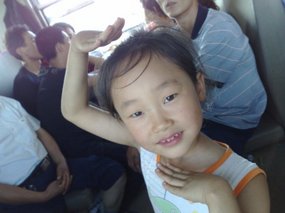



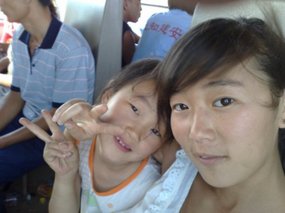
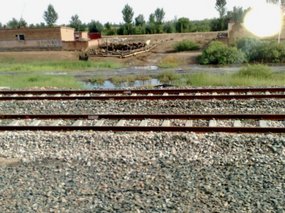
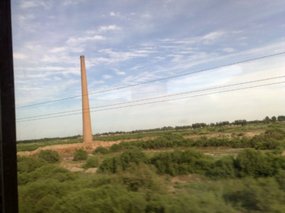
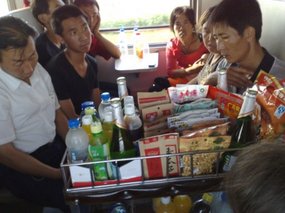

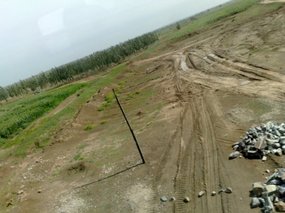
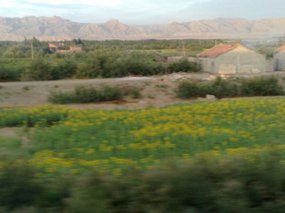
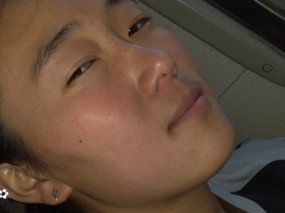
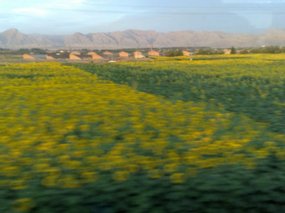
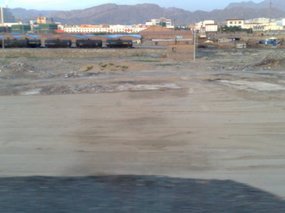
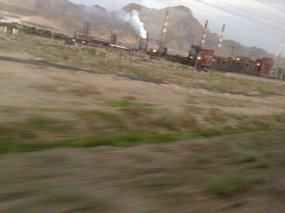
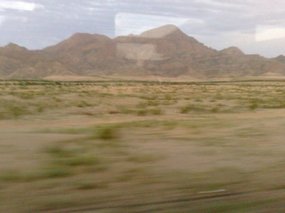
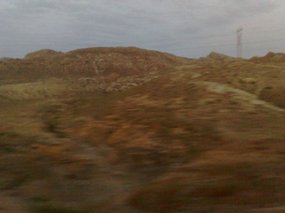

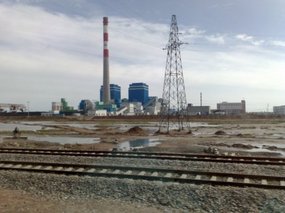
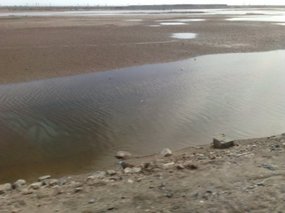
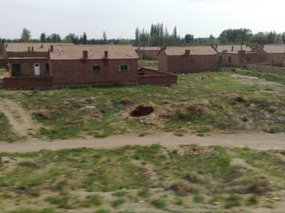
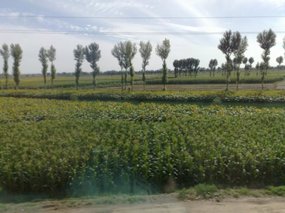

2025-05-22